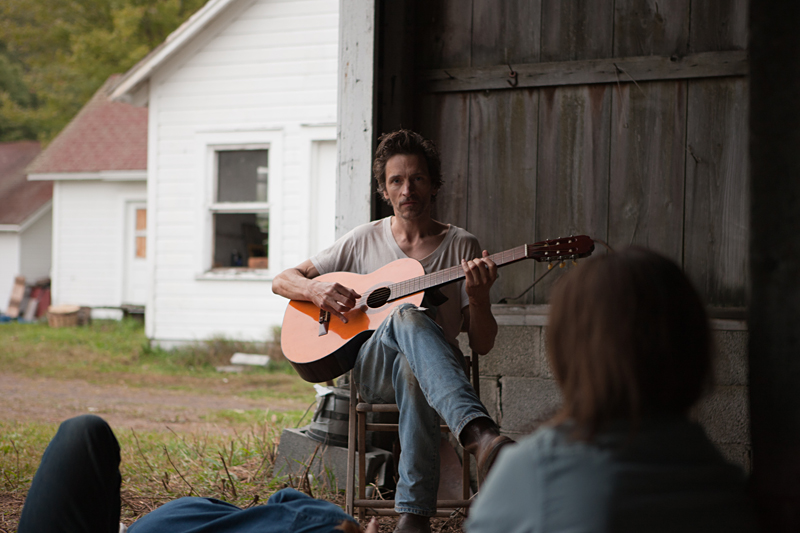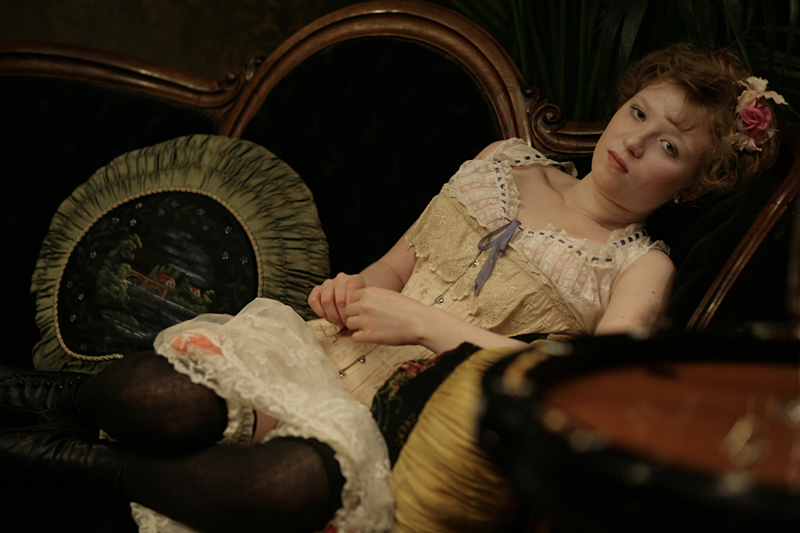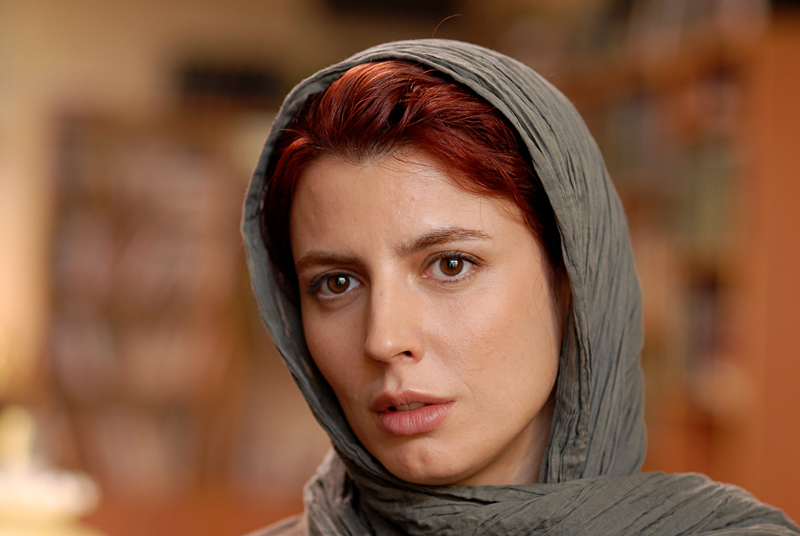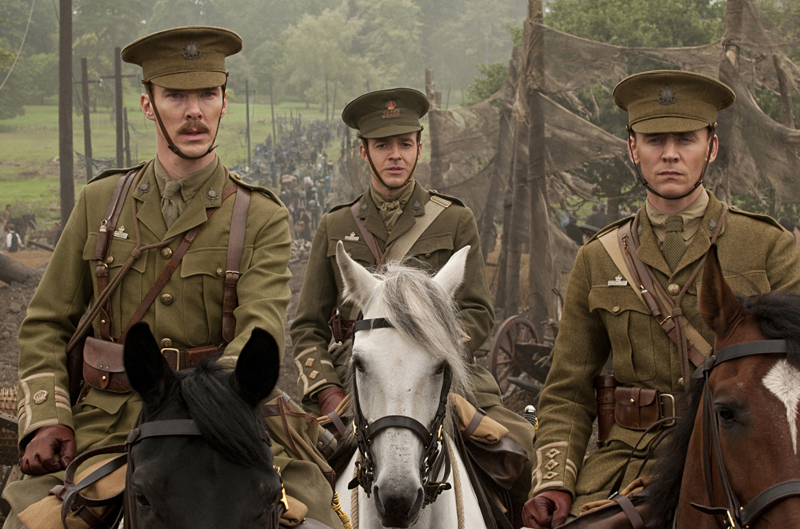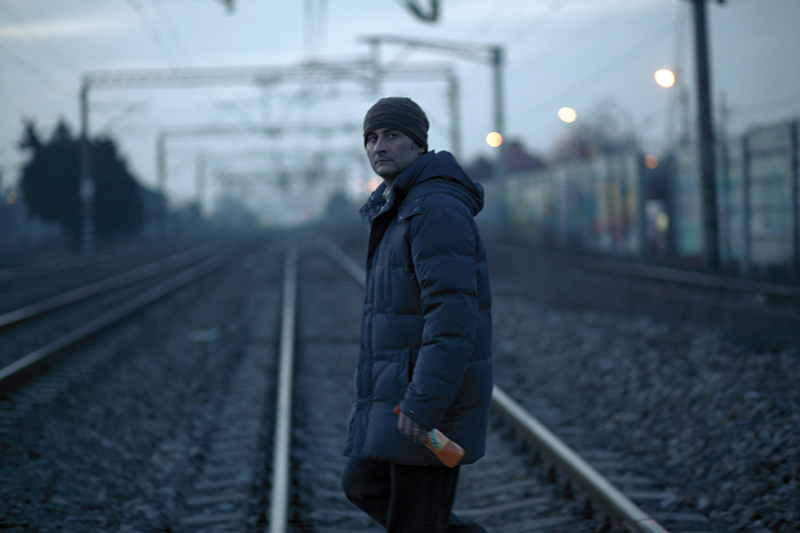As taut and economical as its title is unwieldy, Sean Durkin’s Martha Marcy May Marlene is a deft, old-school psychological thriller. The film divides its eponymous protagonist (Elizabeth Olsen) into two personae, each associated with one of the movie’s two main locations: a posh new summer cottage on a Connecticut lake and an isolated communal farm in the Catskills where the action opens as docile young farm women put out dinner for their handful of male comrades to eat under the eye of their crafty, hyper-alert leader, Patrick (John Hawkes). This deliberate table setting is dramatically upended when Martha, a baby-faced beauty whom Patrick has renamed Marcy May, wakes up early and takes off into the woods. She makes a fearful call to her married older sister Lucy (Sarah Paulson), establishing contact for the first time in several years, and is soon ensconced in Connecticut comfort. Traumatized Martha would have trouble readjusting even if she weren’t so fabulously inappropriate— wondering aloud why they need such a big house, asking if it’s true that “married people don’t fuck.” Lucy blows hot and cold toward her sister—just like Patrick, whom we see in flashback, running his head trips, initiating the drugged, newly renamed Marcy May into his preferred form of sex. Ultimately, Patrick’s evil is less haunting than Martha’s madness. Olsen gives a superb performance, battling confusion, radiating anxiety, and desperately asserting her beleaguered identity as past and present begin to merge.
Martha Marcy May Marlene: Out of the Cult and Into the Fire
